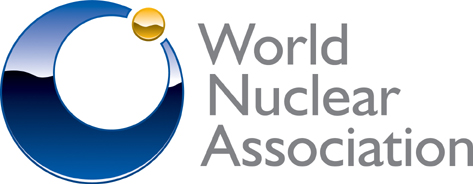Part 2 of 2 Parts (Please read Part 1 first)
Laura Cozzi is the director of sustainability, technology and outlooks at the IEA. Speaking at a press conference to launch the new report, she said, “We are expecting to see a new record high (in nuclear generating capacity) in 2025 and we expect nuclear to continue to grow as many countries are revising their policies over nuclear, actually extending lifetimes and opening up some new nuclear installations. And this is throughout the world: from China to Europe to the United States and beyond.”
Nuclear capacity and generation are expected to increase in each scenario. Emerging market and developing economies drive this growth, especially China, which accounts for forty percent of global nuclear capacity additions in the STEPS scenario by 2035 and almost fifty percent in the NZE scenario. The IEA pointed out that these projected additions mean that China is on track to have the biggest nuclear power capacity in the world by around 2030 in each scenario.
Nuclear generating capacity increases from four hundred and sixteen gigawatts in 2023 to six hundred and forty-seven gigawatts in 2050 in the STEPS scenario. In this scenario, global nuclear generation increases from two thousand seven hundred and sixty-five terawatts in 2023 to four thousand four hundred and sixty terawatts in 2050, while its share of total electricity production decreases from nine percent to eight percent over the same period. In the APS scenario, nuclear generating capacity increases to eight hundred and seventy-four gigawatts in 2050, while in the NZE scenario it reaches one thousand and seventeen gigawatts in 2050.
The IEA noted that “Policy support for nuclear power has risen in recent years. In December 2023, more than 20 countries pledged to triple global nuclear capacity by 2050. Notable developments in several European countries include extending operations for existing reactors in Belgium, lifting a ban on developing new nuclear plants in Switzerland, the identification of new builds as a priority in Sweden and Poland, and confirmation of the importance of nuclear in France. Many countries are showing interest in small modular reactors and the first projects outside China and Russia are expected to come online around 2030.”
Sama Bilbao y León is the director general of World Nuclear Association. He said, “The report makes clear nuclear energy will remain an important part of a clean and reliable electricity mix, with more than a doubling of nuclear capacity in the Announced Pledges scenario, and a capacity above one thousand gigawatts in the Net Zero 2050 scenario. Our analyses are even more ambitious, predicting nuclear capacity needing to grow to more than twelve hundred gigawatts to reach net-zero in a cost-effective and equitable manner. This goal to triple global nuclear capacity by 2050 was announced by 25 countries at COP28 last year, endorsed by the nuclear industry through the Net Zero Nuclear initiative, and supported by fourteen major global banks and financial institutions less than a month ago.”
